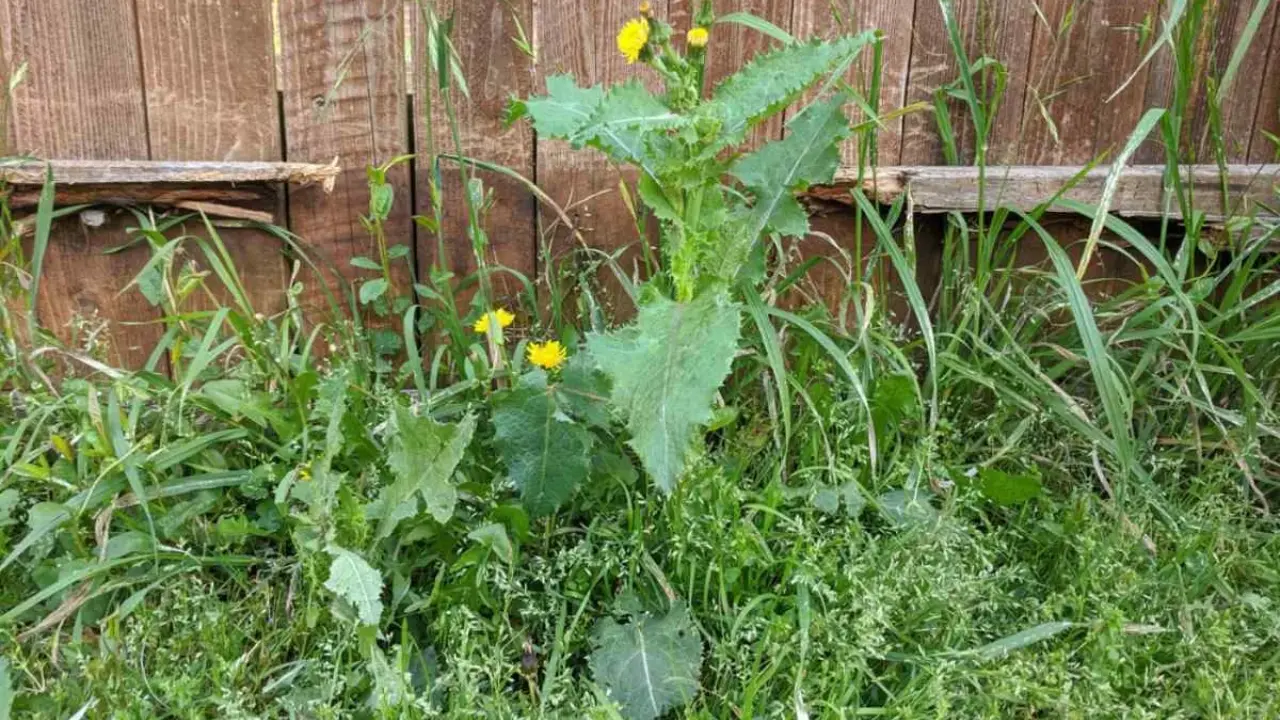Privet (Ligustrum) is a well-known shrub for its adaptability and attractive foliage. Privet is an excellent choice for enhancing your garden, creating a privacy screen, or adding structure to your landscape. This article will cover the entire process of How to Plant and Grow Privet, from selecting the right variety to caring for your shrubs.
Privet is an adaptable shrub in the Oleaceae family. Because of its dense foliage and ability to be shaped into hedges, it is widely used in landscaping. Privet adds beauty and privacy to any outdoor space with its attractive, glossy leaves and fragrant white flowers. To ensure successful growth, it is critical to select the appropriate variety, provide suitable growing conditions, and adhere to proper care practices.
Selecting the Best Privet Variety
There are several privet varieties available, each with its own unique characteristics. The most common types include:
- The Common Privet (Ligustrum vulgare) has dark green leaves and white flowers. A fast-growing shrub, it can reach a height of 15 feet.
- The Japanese privet (Ligustrum japonicum) is characterized by its dark green, leathery leaves and small white flowers. The plant can tolerate a variety of growing conditions and is a popular choice for hedges.
- The plant is adaptable to a wide range of growing conditions and is a popular choice for hedges.
Location Selection
How to Plant and Grow Privet best in full sun to partial shade, so choose a location that gets at least 4-6 hours of direct sunlight daily. The soil should be well-drained and fertile. Privet prefers moist but not soggy conditions, so avoid areas with heavy clay or waterlogged soil.
Soil Preparation
Prepare the soil before planting to provide the best growing environment for your privet shrubs. Follow these steps:
- Remove any weeds, rocks, or debris from the planting area.
- Loosen the soil to a depth of about 12 inches with a garden fork or tiller.
- To improve the structure and fertility of the soil, incorporate organic matter such as compost or well-rotted manure.
Planting Privet
To ensure the success of your privet shrub planting, follow these steps:
- Dig a hole twice as wide and slightly deeper than your privet plant’s root ball.
- Fill the hole with the shrub, making sure the top of the root ball is level with or slightly above the soil surface.
- Backfill the hole with soil, gently firming it around the roots to remove any air pockets.
- Water the newly planted shrub thoroughly to settle the soil and provide moisture to the roots.
Mulching and watering
Watering properly is critical for the establishment and growth of privet shrubs. Water your plants thoroughly and on a regular basis, especially during hot and dry weather. Give the soil enough water to keep it moist but not waterlogged. Apply a layer of organic mulch around the base of the shrubs, such as wood chips or straw. Mulching aids in the retention of soil moisture, the suppression of weed growth, and the regulation of soil temperature.
Fertilizing
Privet does not require frequent feeding, but a balanced fertilizer can promote healthy growth. Use a slow-release granular fertilizer designed specifically for shrubs. Follow the manufacturer’s instructions for application rates and timing.
Pruning
Regular pruning keeps your privet shrubs in the desired shape and size. Prune after flowering or in early spring before new growth appears. Remove any branches that are dead, damaged, or crossed. shrub to the desired height and shape, taking care not to remove more than one-third of the plant at once.
Dealing with Pests and Diseases
Privet is a hardy plant in general, but it is susceptible to certain pests and diseases. Aphids, scales, and powdery mildew are common pests. Monitor your shrubs regularly and take appropriate action if you notice any signs of infestation or disease.
Privet Care
- During the first two years and during dry spells, water privet regularly. Avoid overwatering or allowing the soil to become soggy.
- Privets should be fertilized once or twice a year with a balanced fertilizer in the spring and summer. Follow the label instructions for the dosage and application method.
- Prune the privet once or twice a year to keep it in shape. Pruning is best done after flowering in the summer or before new growth in the spring. To cut back the branches evenly, use sharp shears or a hedge trimmer. Before pruning, be sure to check for bird nests.
- Aphids, scale insects, leaf spots, powdery mildew, and root rot are all pests and diseases that can affect privet. If necessary, use insecticides or fungicides to control them.
Privet Propagation
- Privets can be propagated through seedlings or stem cuttings.
- To start growing privet from seed, gather ripe berries in autumn and remove the pulp. Sow the seeds in moist potting mix in pots and place them in a cold frame or a sheltered spot outside. Germination may take several months. When the seedlings are large enough to handle, transplant them.
- Remove the bottom leaves and coat the cut ends with rooting hormone powder. Place the cuttings in pots filled with moist potting mix in a warm, sunny location. Maintain moist but not wet soil. It is possible that rooting will take 4-8 weeks. When the cuttings have developed roots, transplant them.
- Take 4-6 inch long cuttings from semi-hardwood stems in late summer or early autumn. Remove the bottom leaves and coat the cut ends with rooting hormone powder. Place the cuttings in pots filled with moist potting mix in a warm, sunny location. Maintain moist but not wet soil. Rooting may take 4-8 weeks. Once the cuttings have developed roots, transplant them to their desired location.
Maintaining Privet in Winter
Privet is typically cold hardy, but harsh winters can cause damage to the shrubs. Consider the following to keep them safe this winter:
- To insulate the roots and conserve moisture, apply a layer of mulch around the base of the shrubs.
- Cover the shrubs with burlap or frost protection fabric during periods of extreme cold.
- Heavy pruning in late fall should be avoided because it can stimulate new growth that is vulnerable to winter damage.
Privet Berry Harvesting
Some privet varieties bear small, black berries that can be used for a variety of purposes. The berries have a bitter flavor and are not edible to humans; however, they can be used to make dyes or to attract birds to your garden. When the berries are fully ripe and have turned black, harvest them.
Privet in Landscaping
Privet is a versatile plant that can be used for a variety of landscaping purposes, including:
- One of the most common uses of privet is to create formal or informal hedges and privacy screens, as it has dense foliage and can tolerate frequent pruning.
- You can shape privets into unique topiary forms with proper training and pruning, adding an artistic touch to your landscape.
- Accent Plant: Plant privet as a specimen shrub to create a focal point in your garden.
- Privet’s dense root system makes it effective at controlling soil erosion on slopes and embankments.
Conclusion
Privet is an excellent choice for enhancing your landscape’s beauty, privacy, and structure. You can successfully plant and grow privet shrubs by following the steps outlined in this article. Remember to select the appropriate variety, provide suitable growing conditions, and follow proper care practices. Privet adds lush foliage, fragrant flowers, and numerous benefits to your outdoor space.
FAQs About How to Plant and Grow Privet
Q1: Can privet tolerate shade?
While privet prefers full sun to partial shade, some varieties can tolerate moderate shade.
Q2: How often should I water my privet shrubs?
Water deeply and regularly, providing enough moisture to keep the soil consistently moist but not waterlogged.
Q3: Do bees like privet shrubs?
The fragrance and nectar of privet flowers are known to attract bees and other pollinators.
Q4: Are privet berries toxic?
Privet berries are not poisonous, but they are generally avoided by humans due to their bitter taste.
Q5: Is it possible to propagate privet from cuttings?
Privet cuttings taken in early summer or late autumn can be used to propagate the plant.



